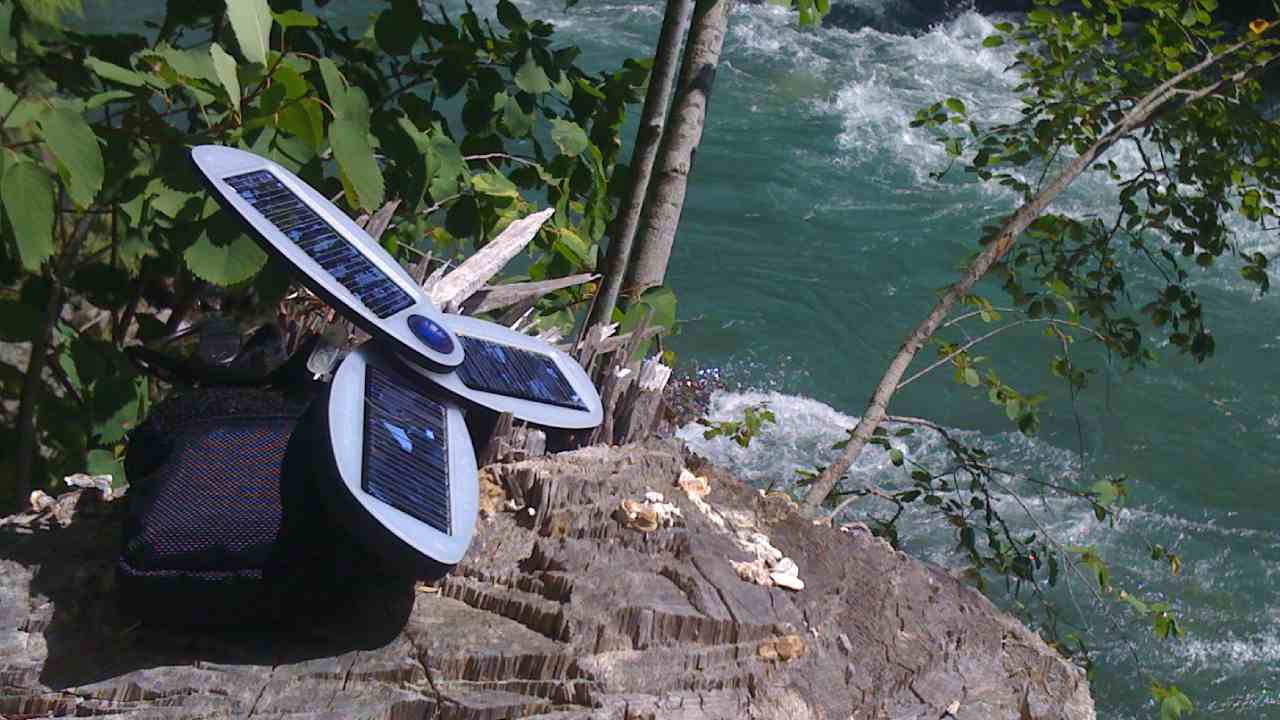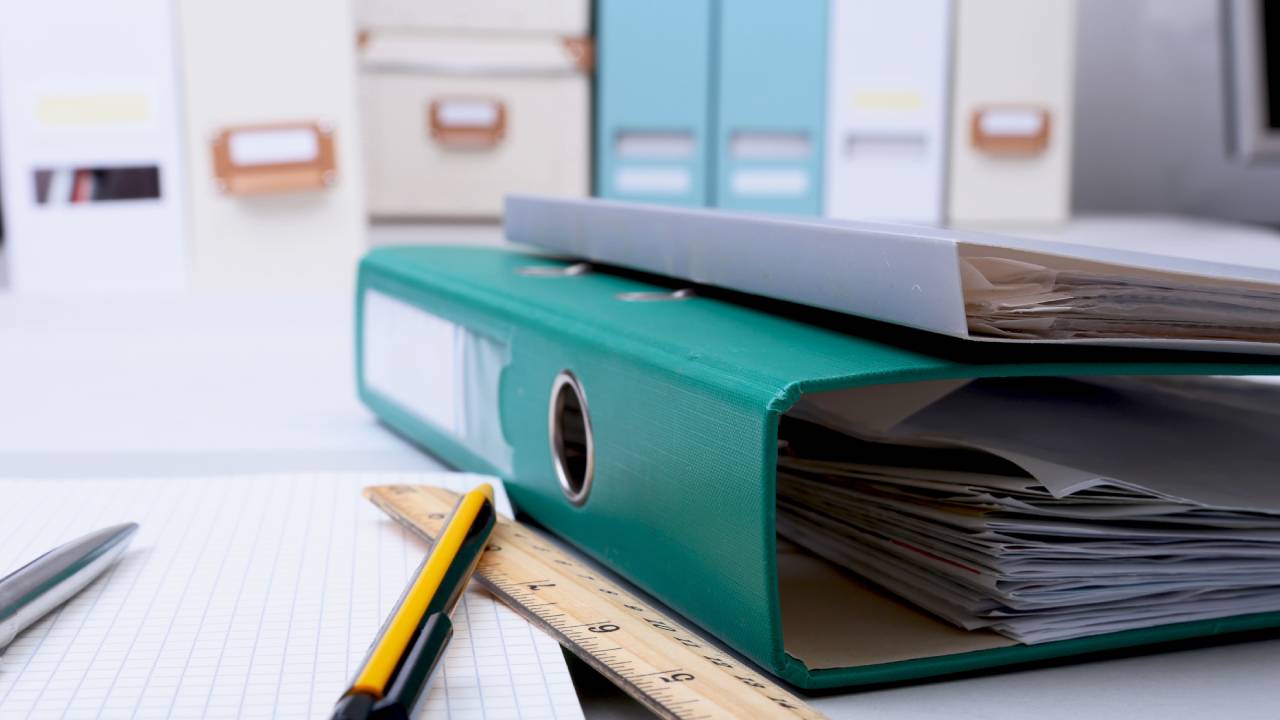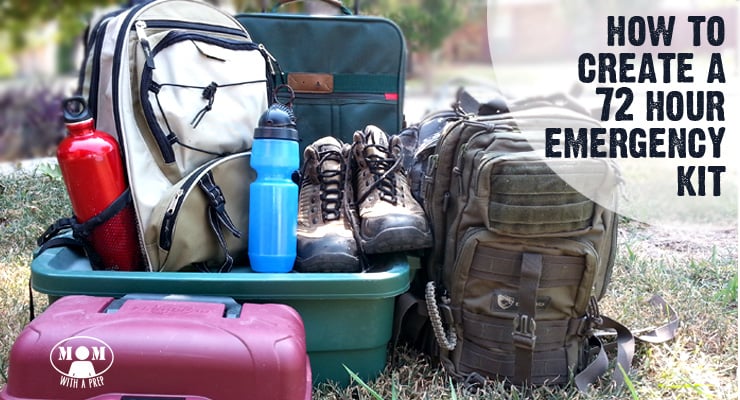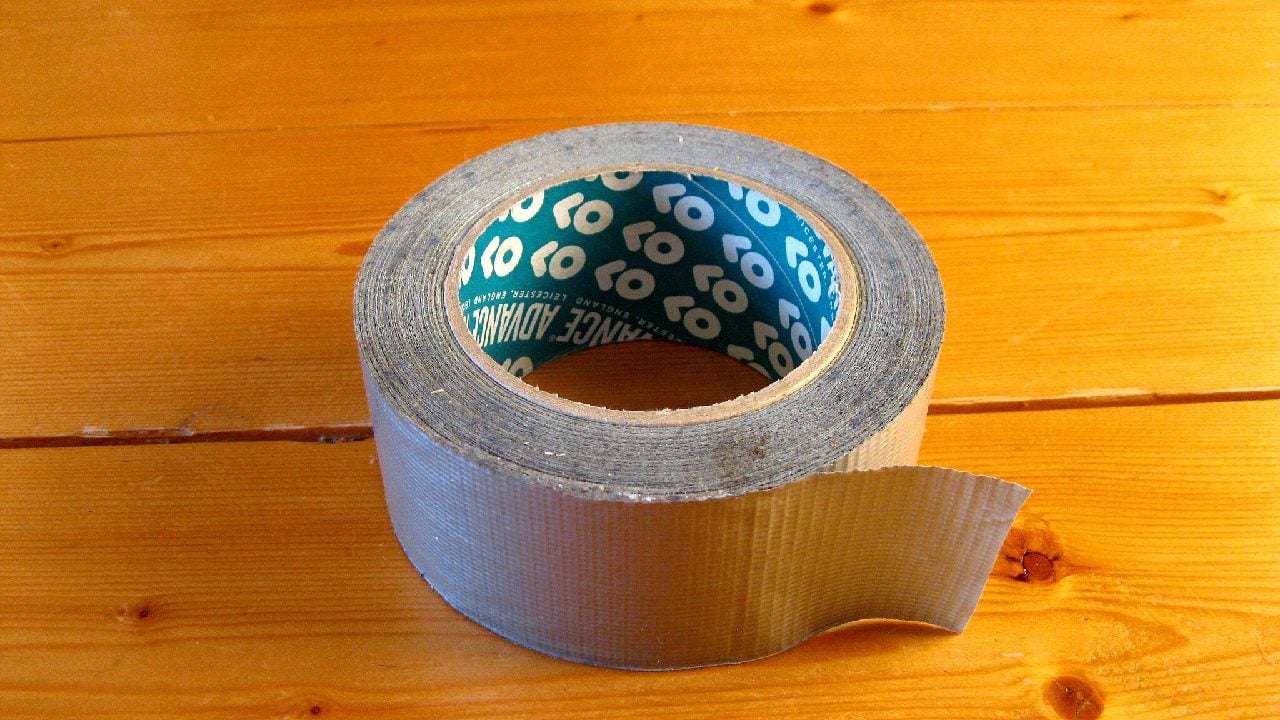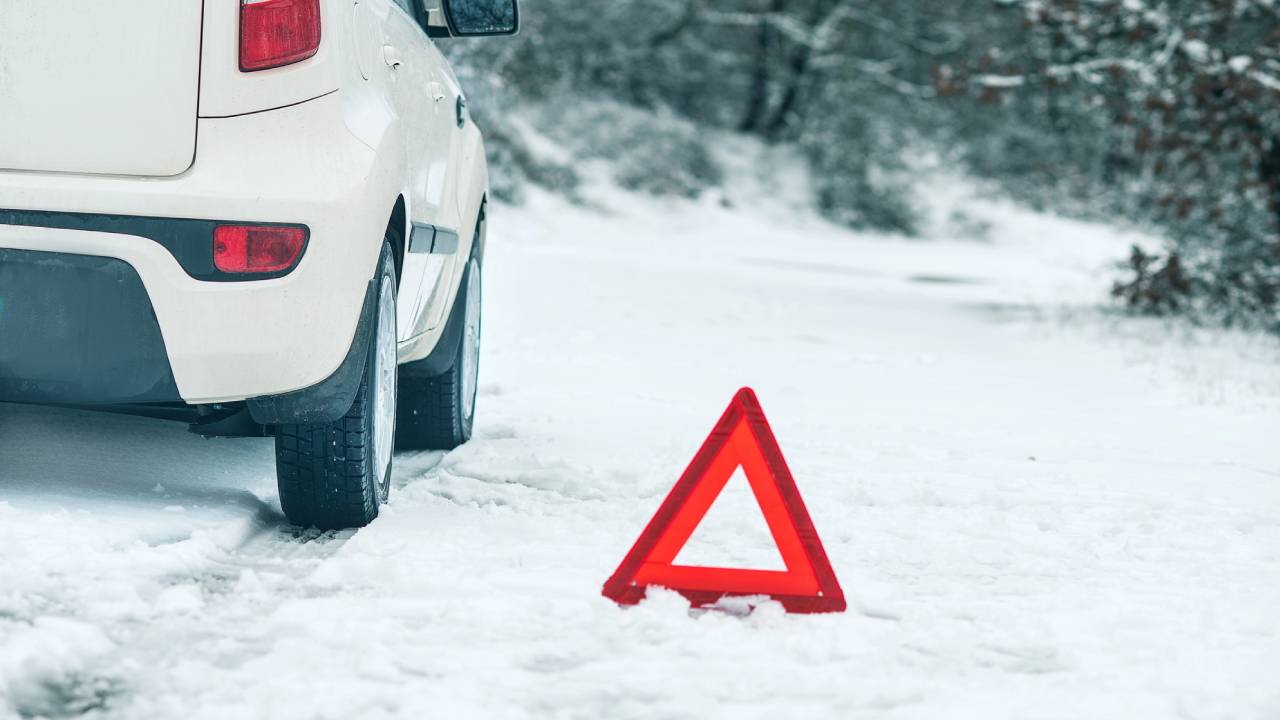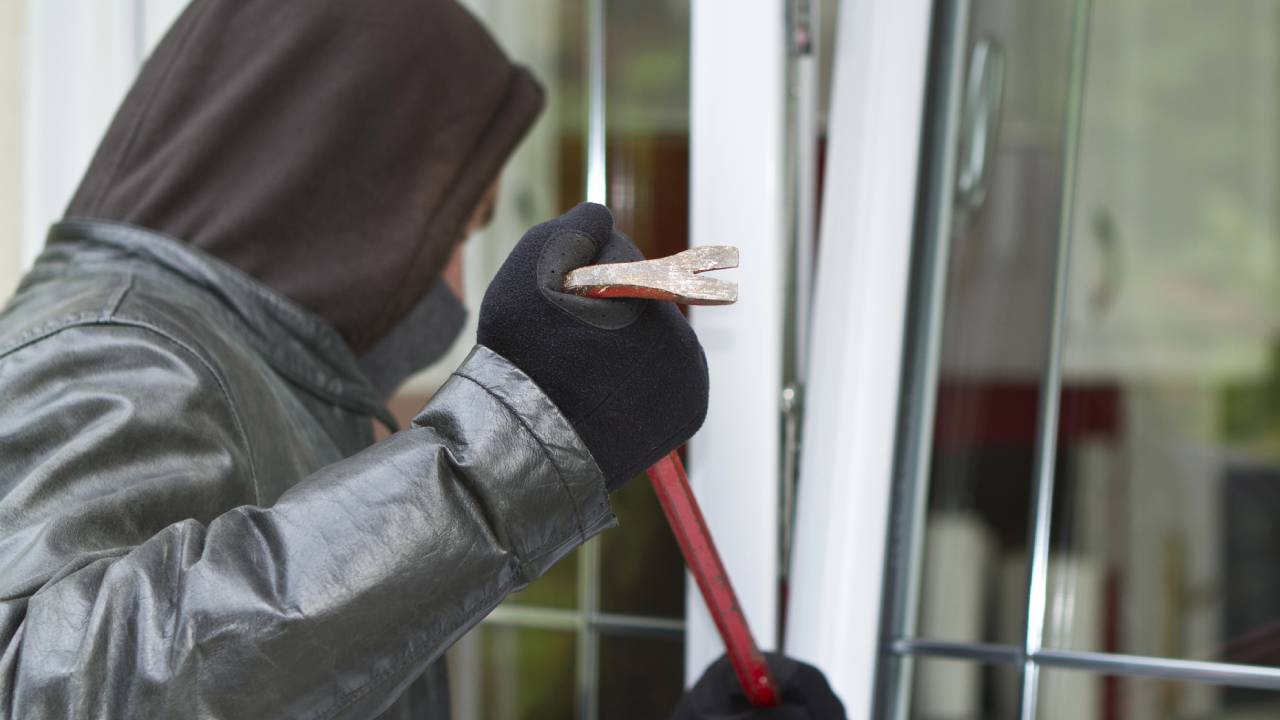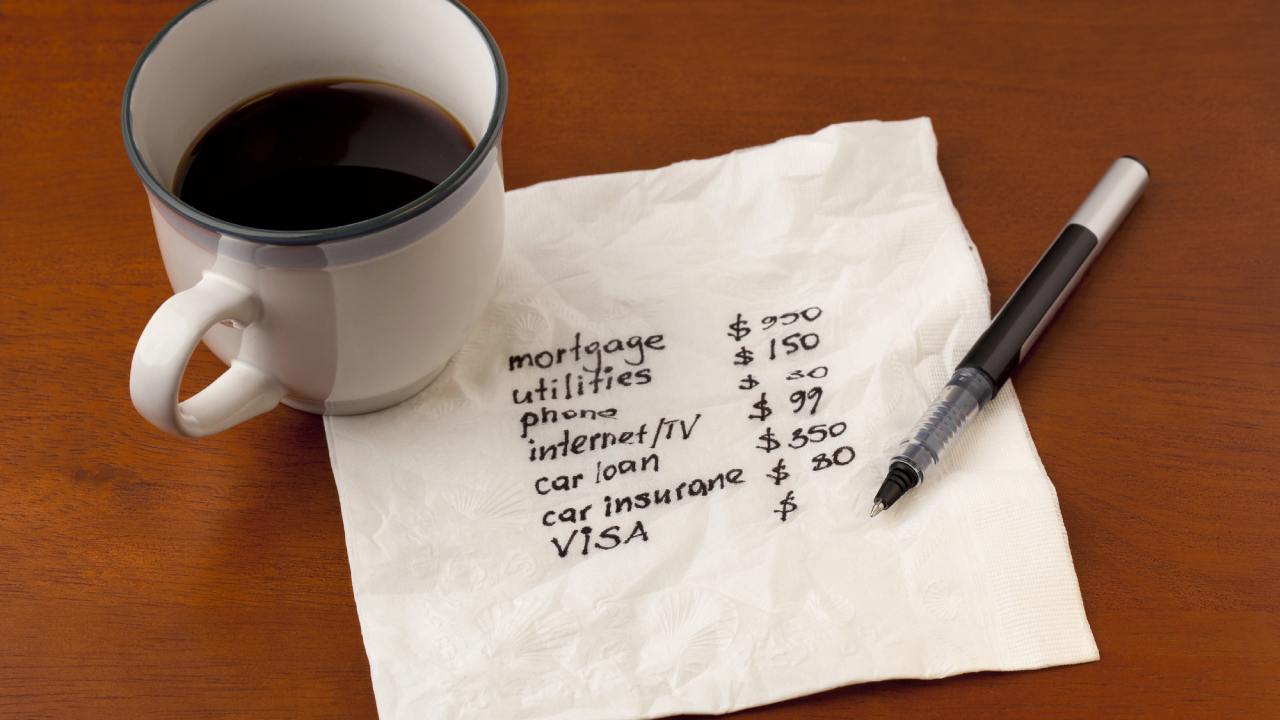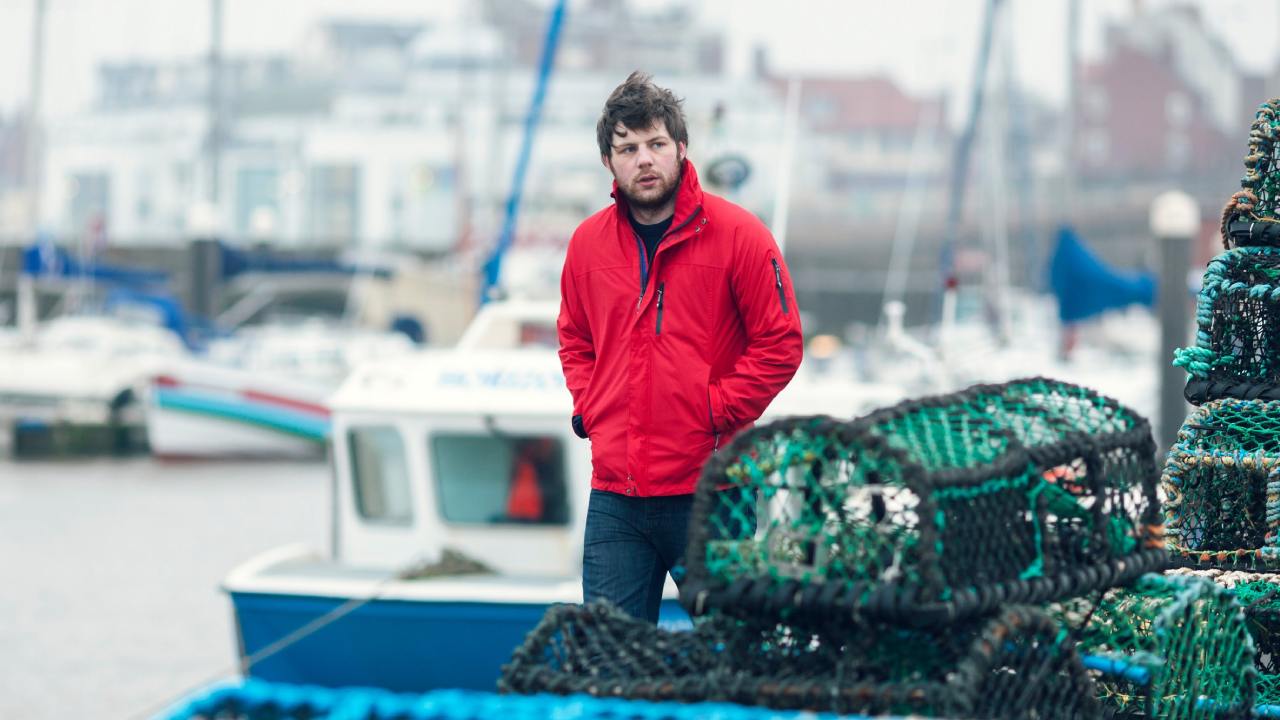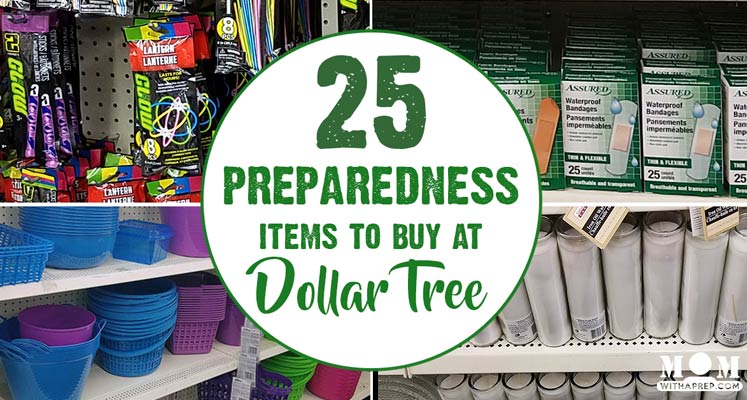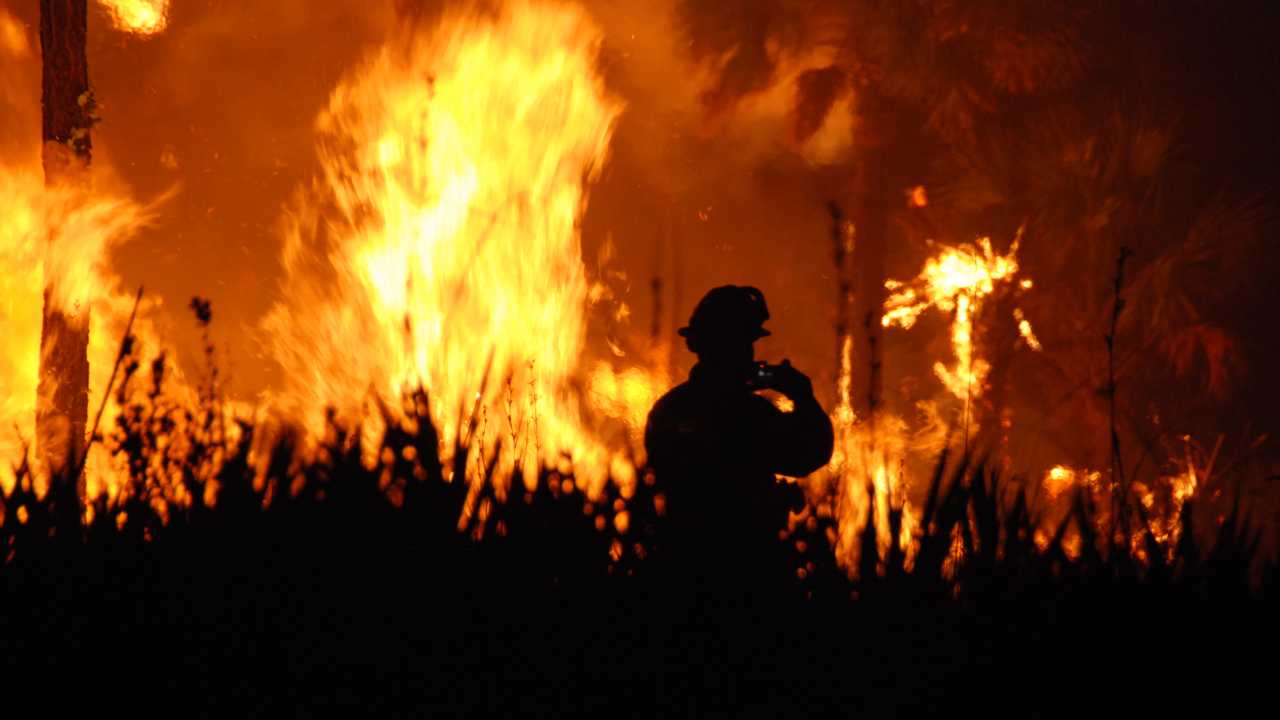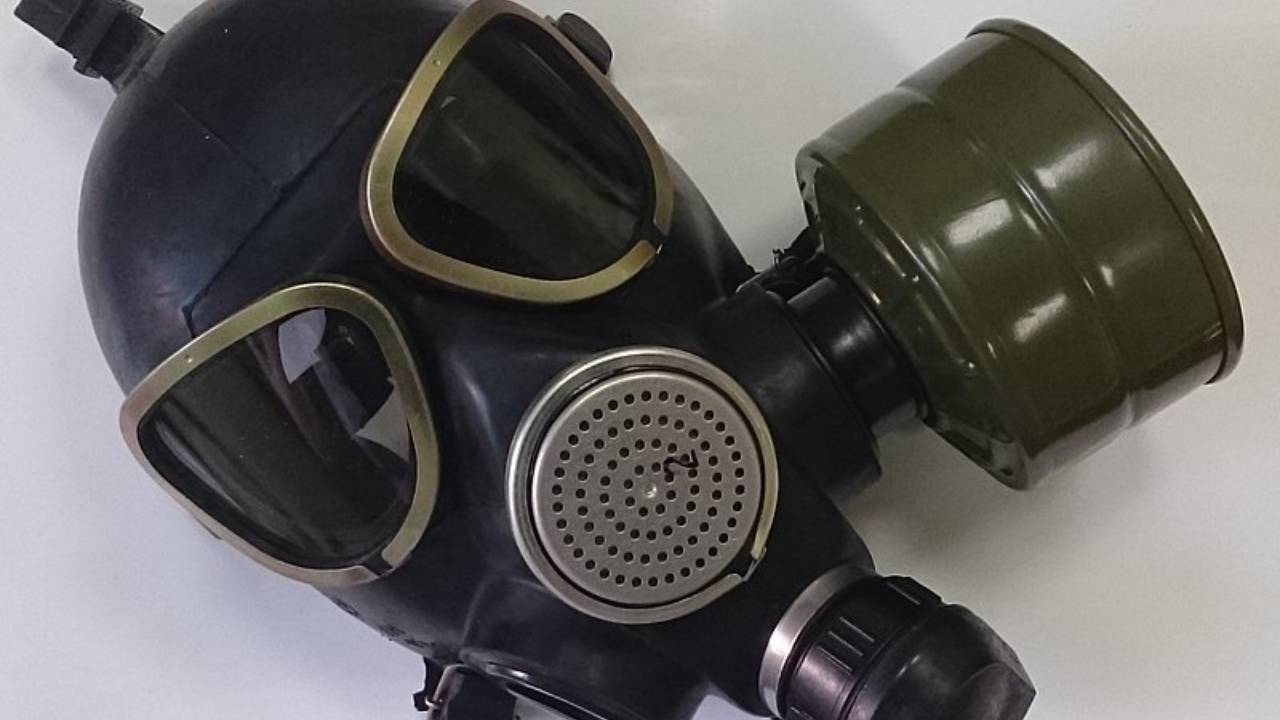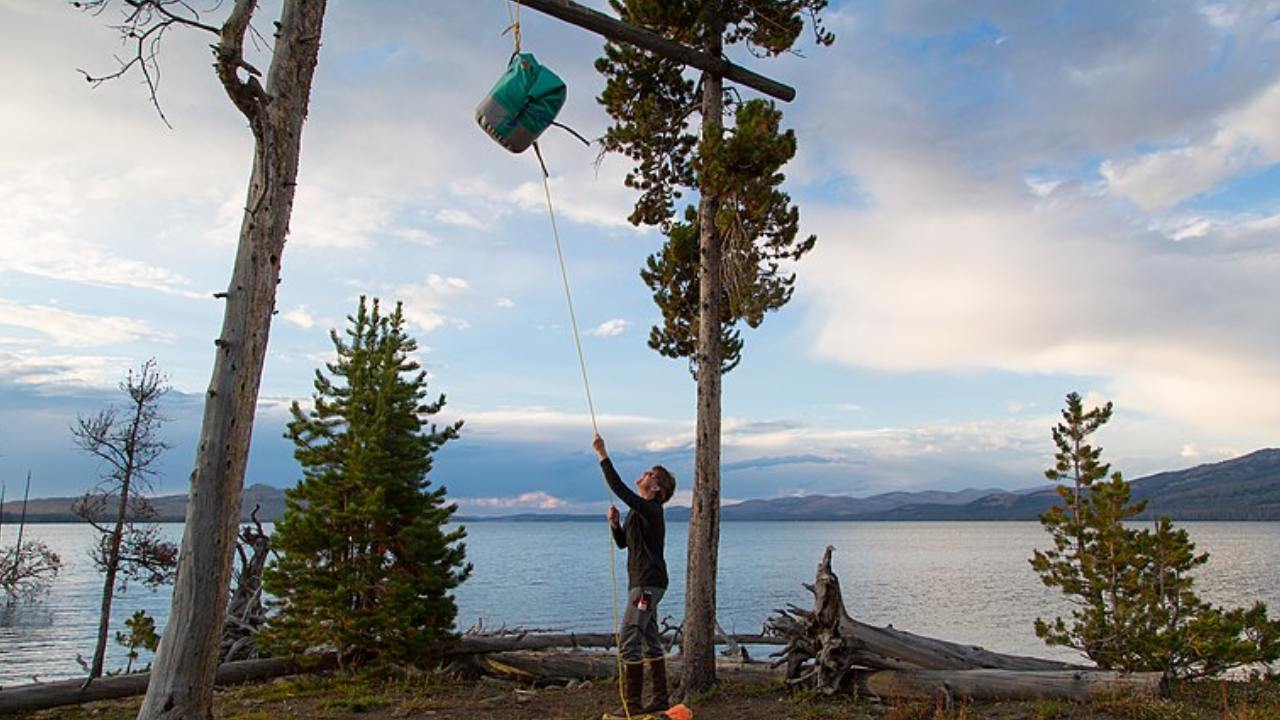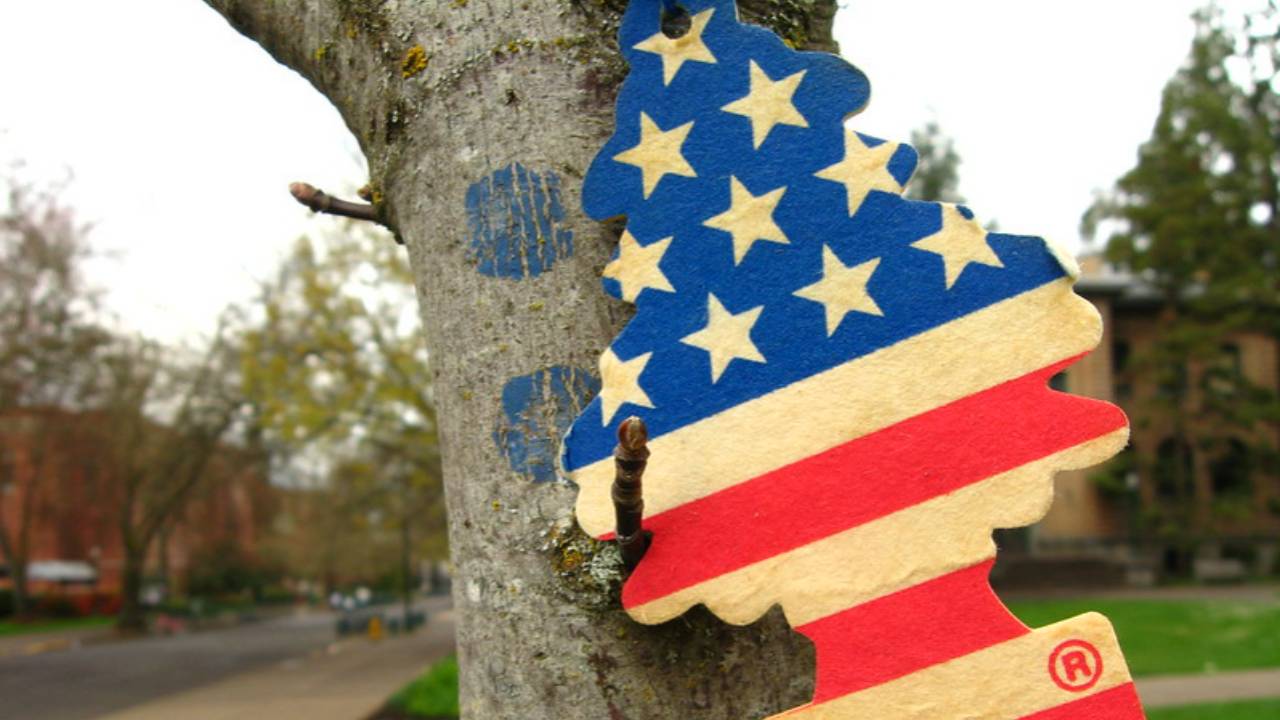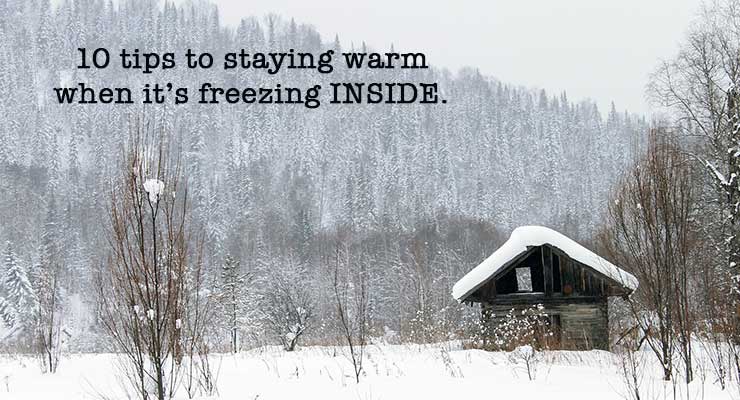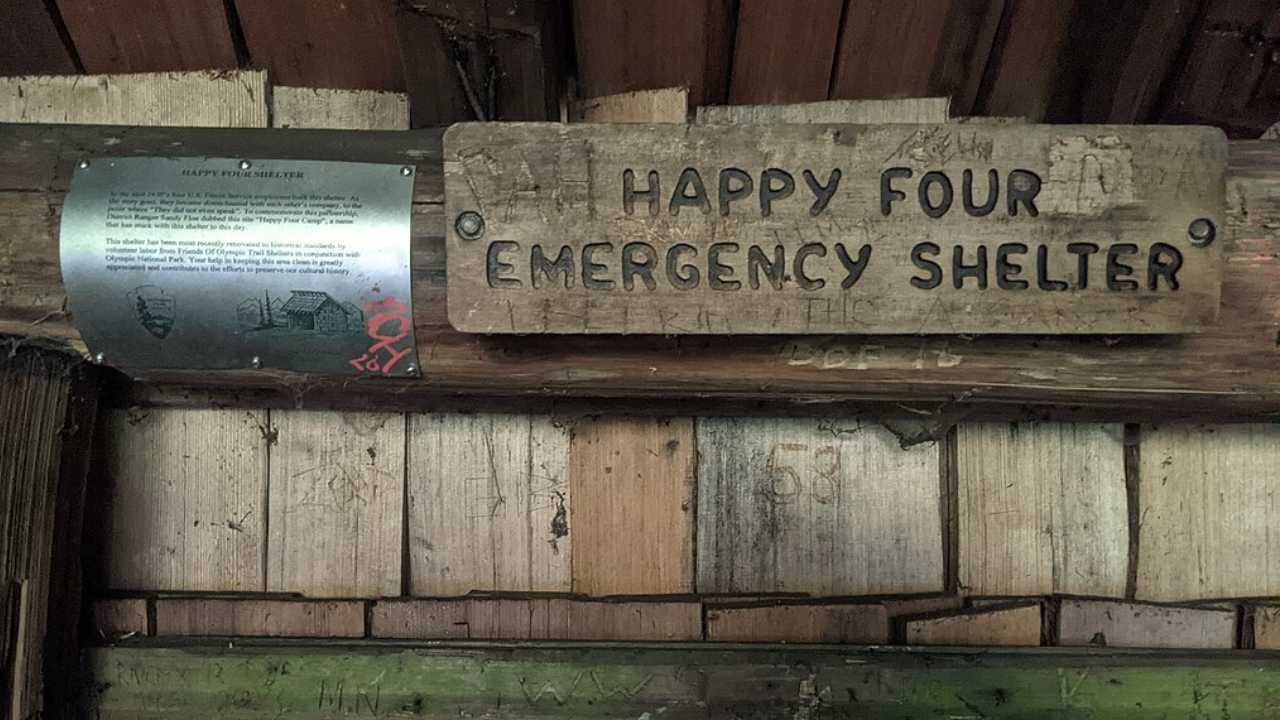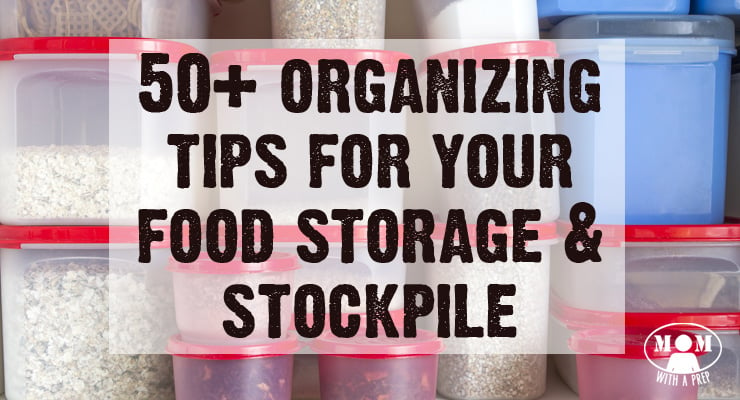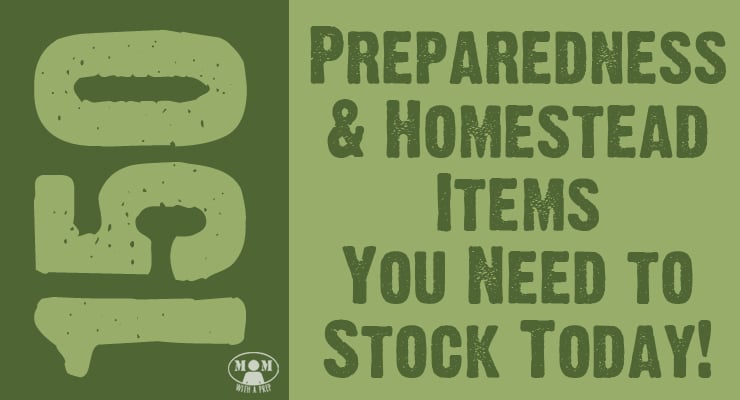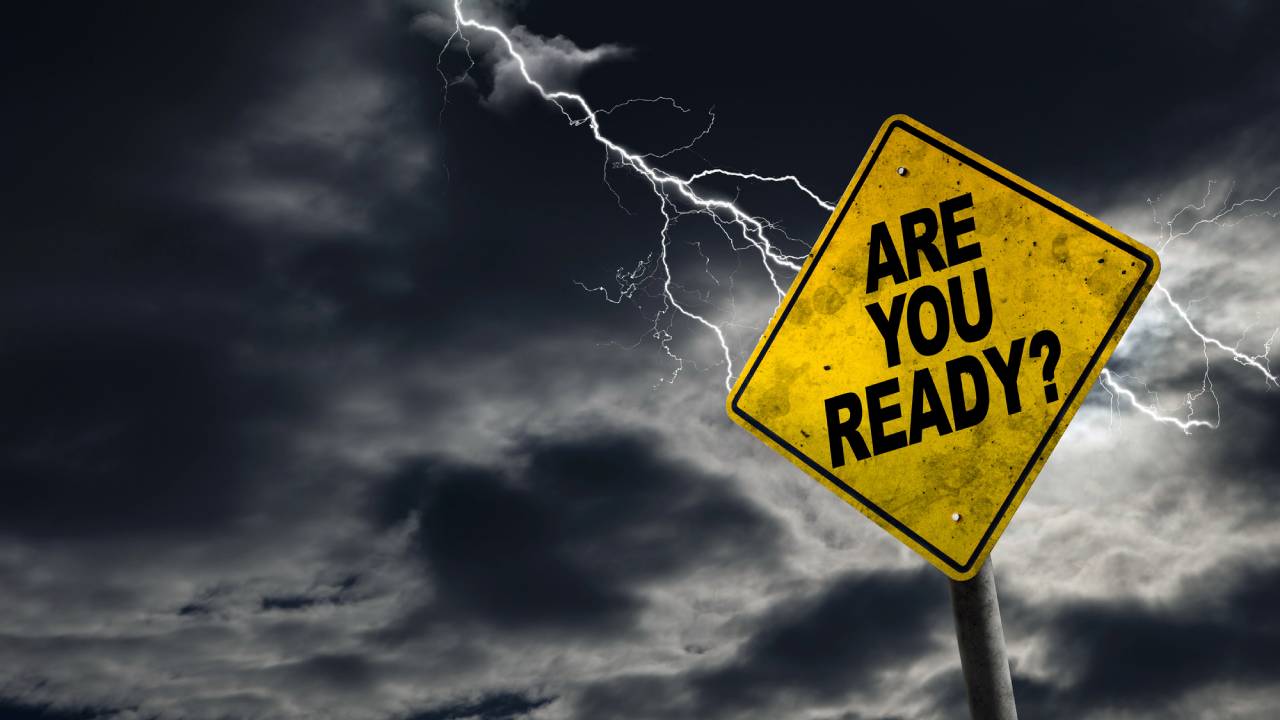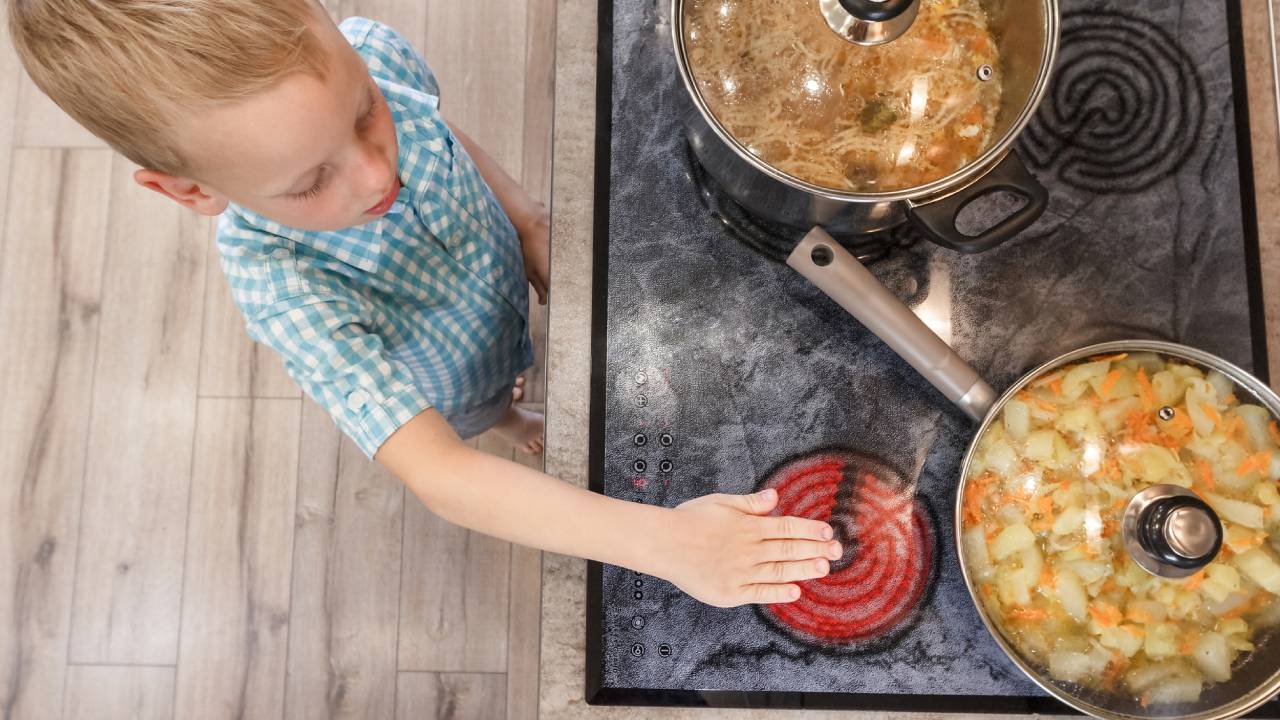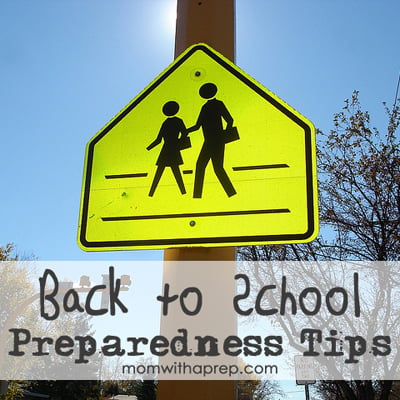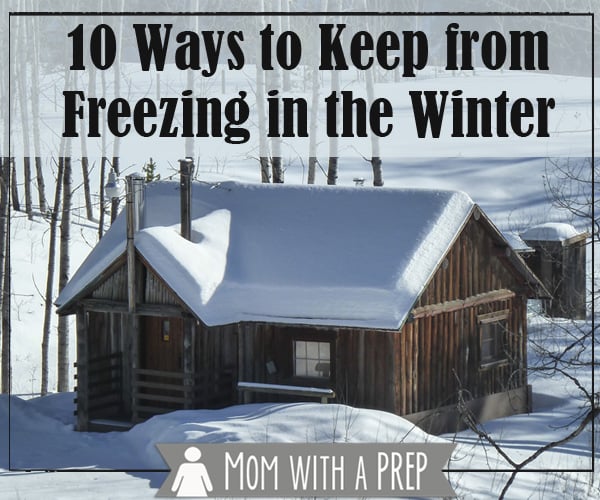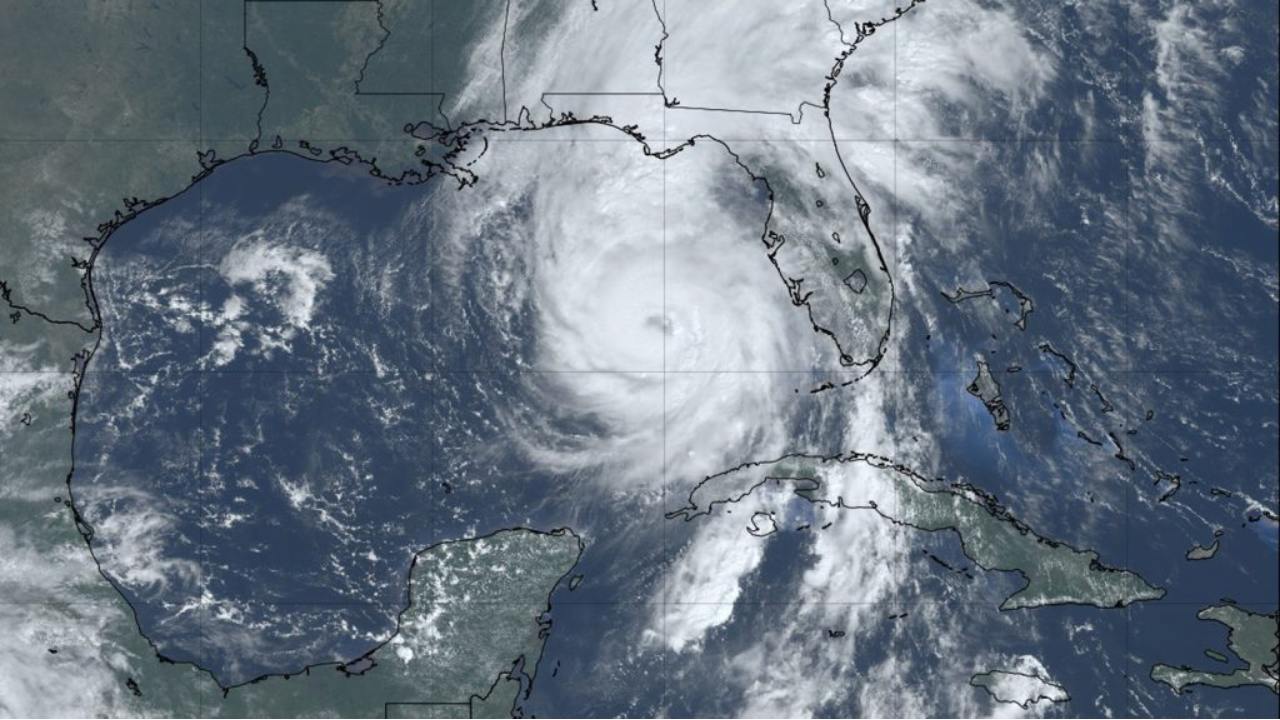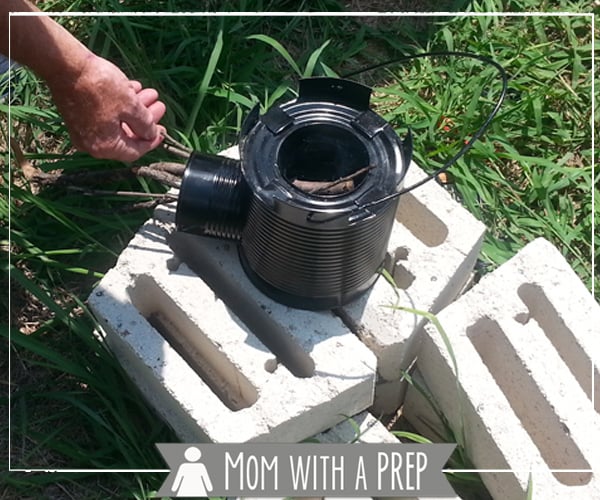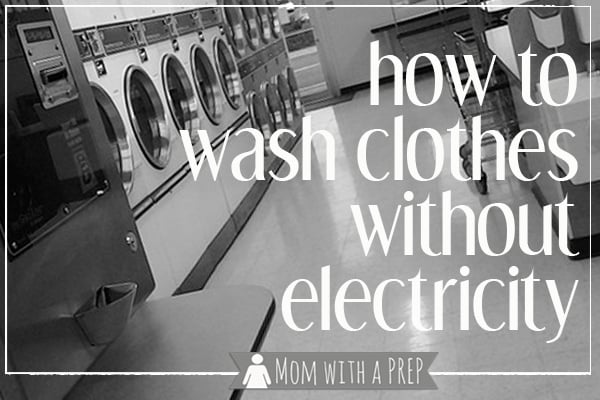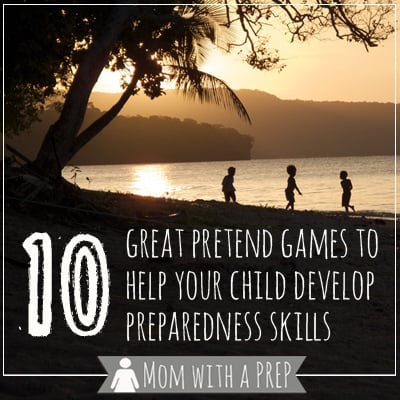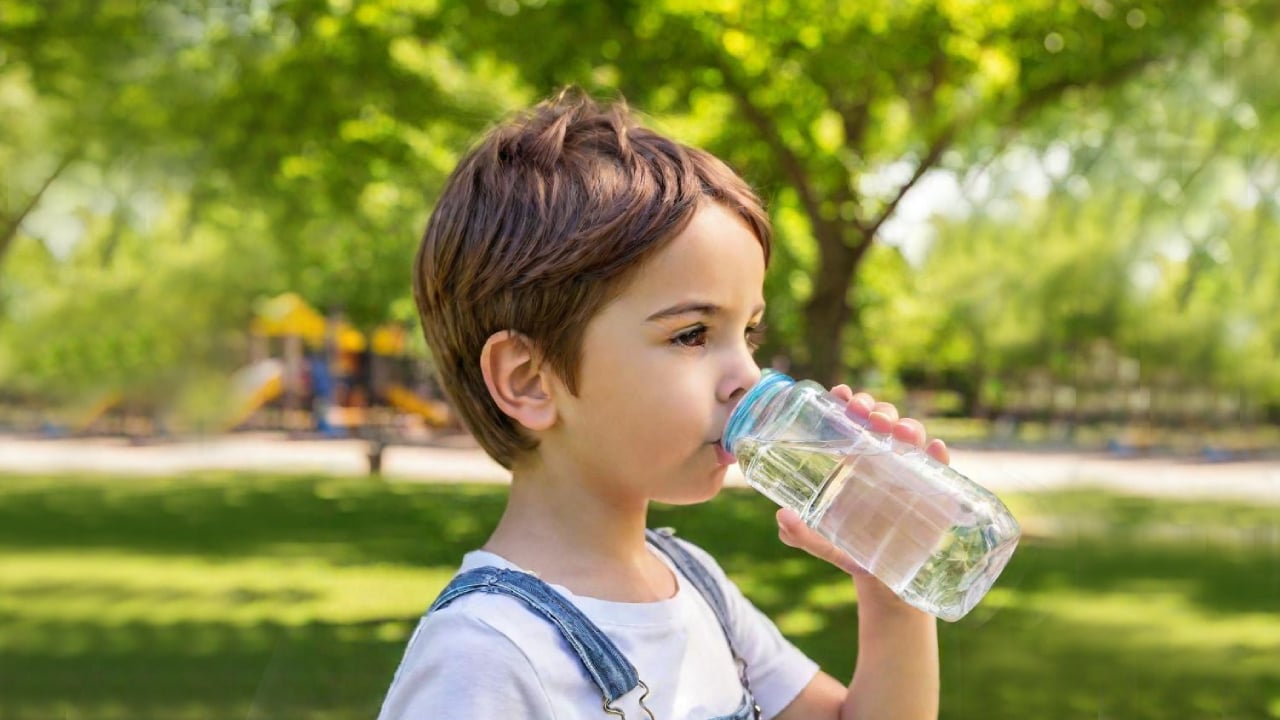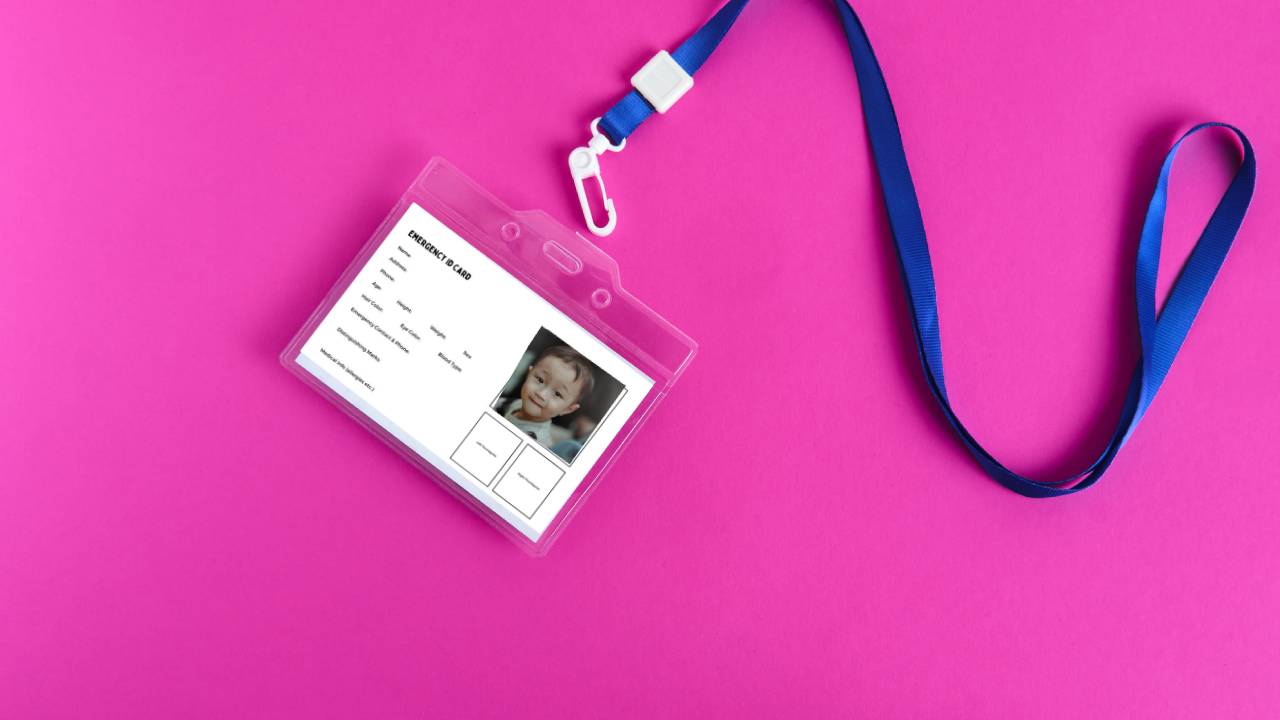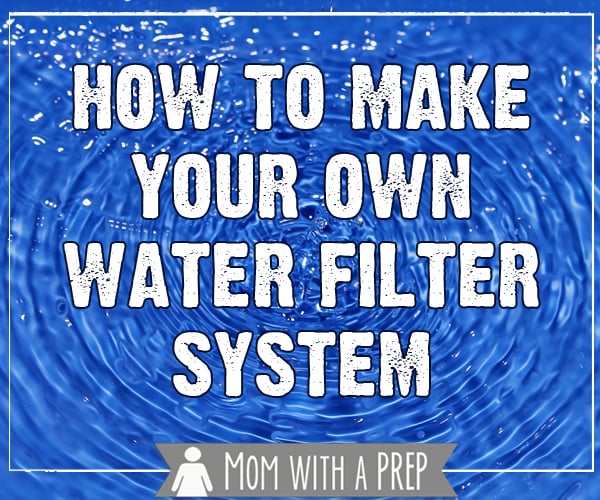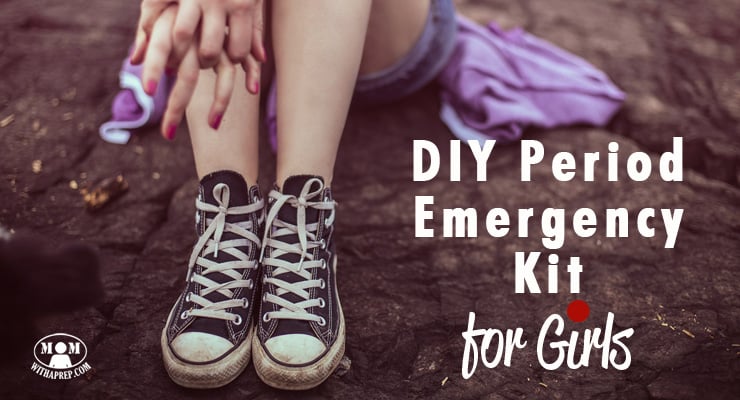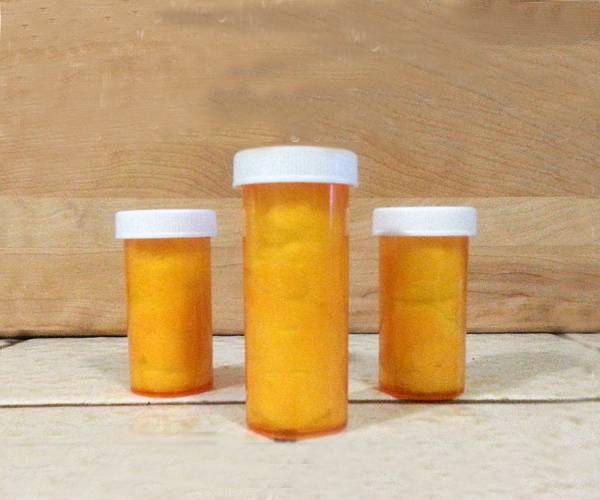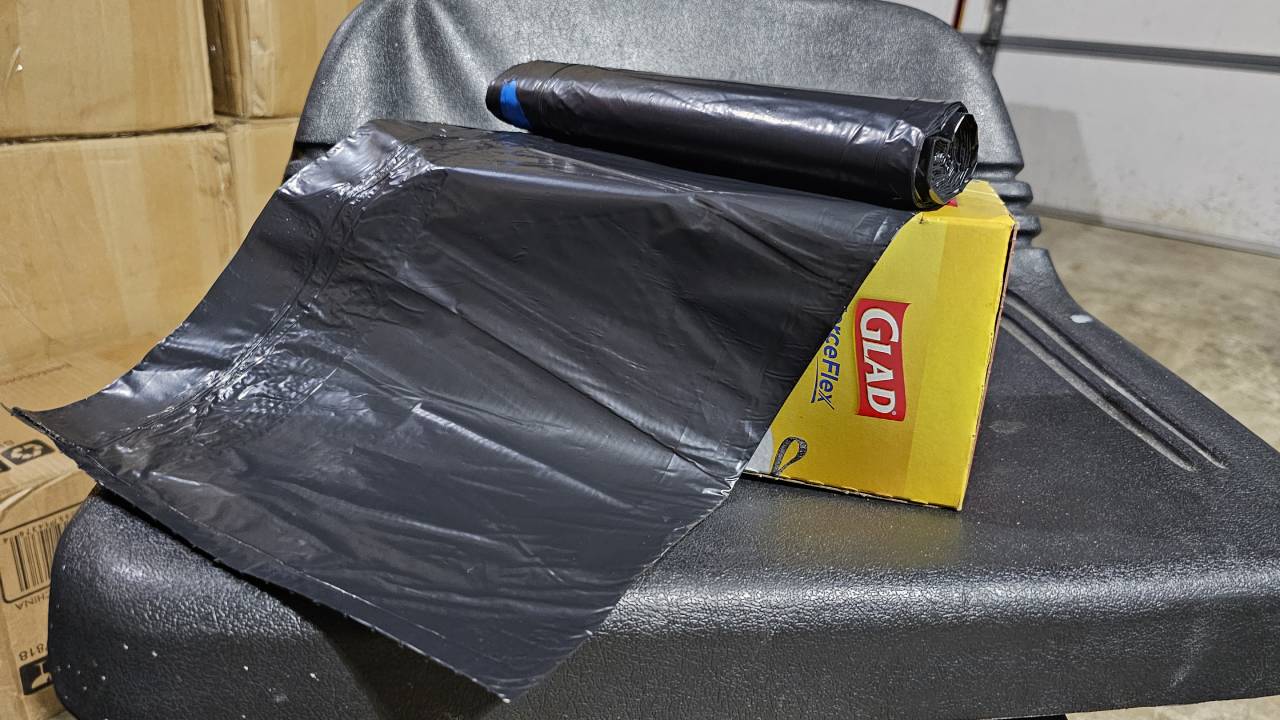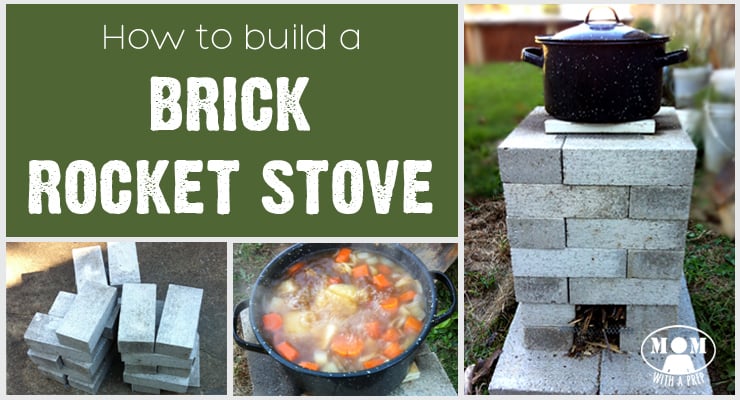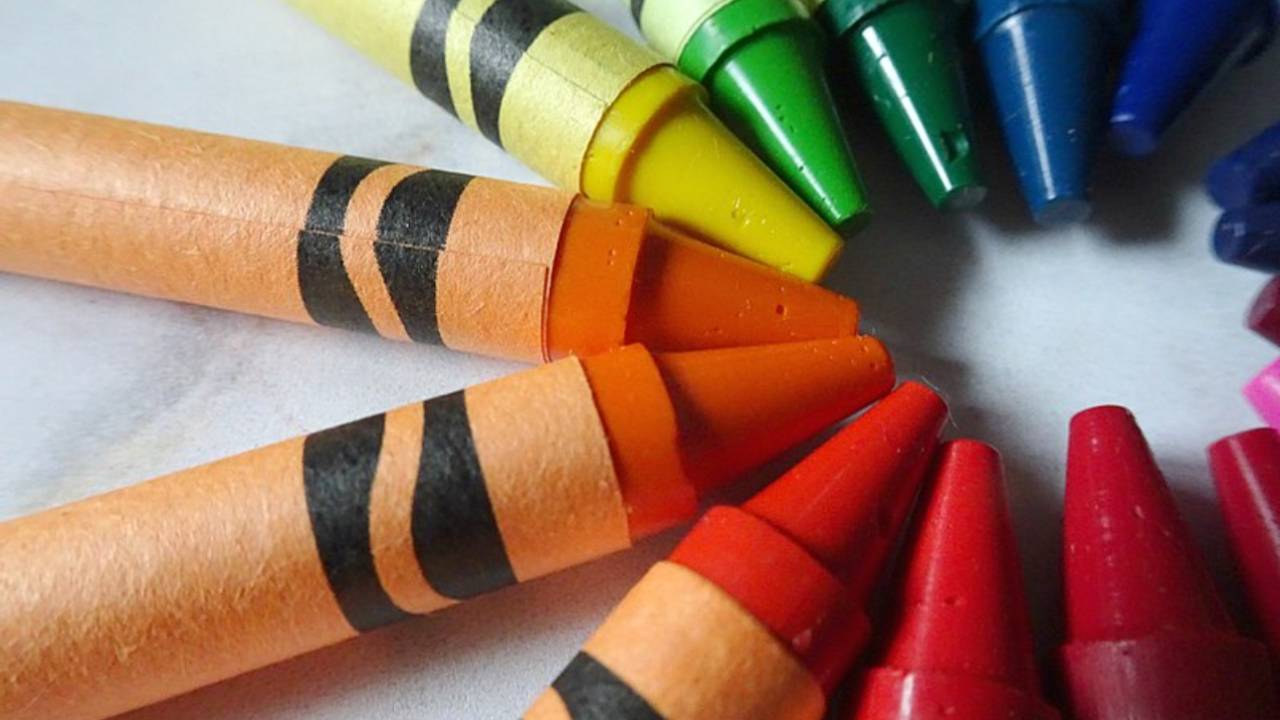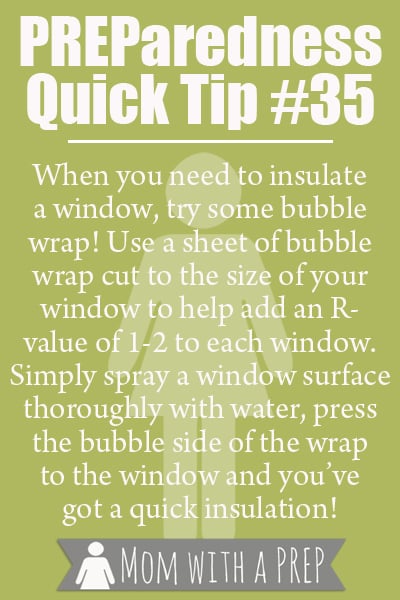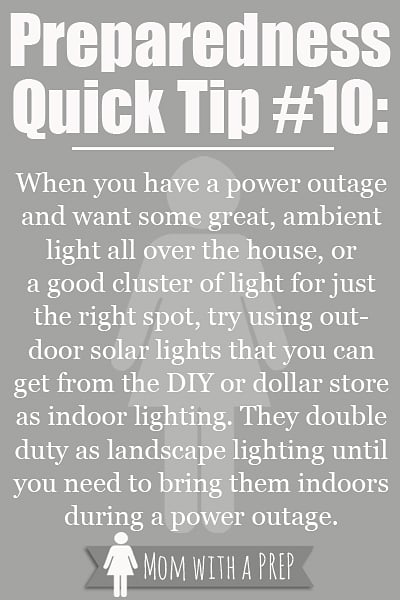As a parent, your top priority is keeping your children safe. You send them off to school each day, trusting that the school will protect them. But in today’s world of school shootings, natural disasters, and other threats, it’s natural to worry about your child’s safety at school.
While schools have emergency plans in place, parents also play a critical role in school emergency preparedness. By understanding your school’s emergency operations plan (EOP), participating in safety drills, and teaching your children basic emergency response skills, you can help ensure they stay safe even when you can‘t be there.
Have some parental first aid skills is critical and you can use some of those skills to help you create the best personalized kit for your child.
While there is a lot to cover on this topic, in this article we are going to focus on creating a DIY emergency kit that kids can take to school.
But why would you even need a mini emergency kit for school? Here are a few reasons.
- School lock-downs
- Local weather emergencies
- Regional emergencies
- Bus accidents
- Someone does not arrive to pick them up for school
Don’t the schools provide enough in the event of an emergency?
From our experience, schools aren’t really prepared for long-term lock downs or bigger disasters. Rarely does a classroom kit contain enough water and food for an extended time for an entire classroom of children.
This is why you need to pack an everyday bag for your child. They need to be age appropriate and may differ due to where you live.
This bag can be something they keep tucked away in their lockers, at the bottom of their book bag or in their desk at school. It needs to be somewhere easily accessible to them without breaking the rules of the school.
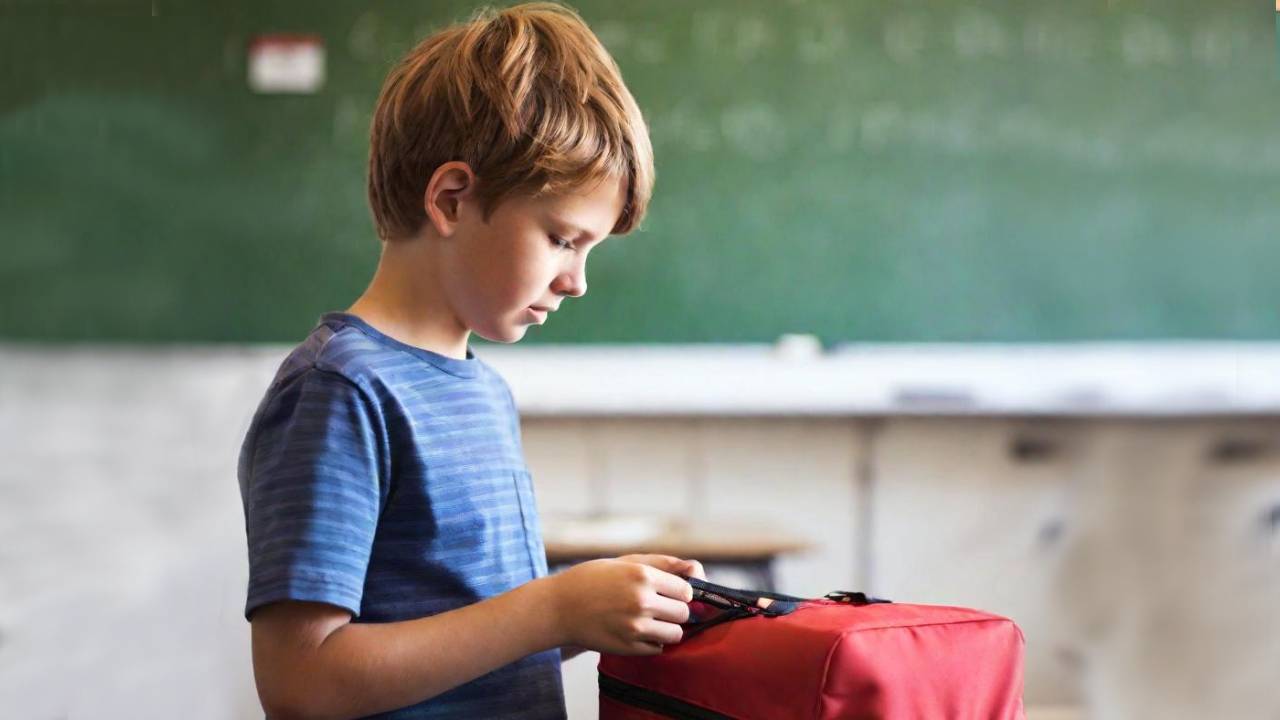
What to put in a kids emergency kit for school
Below is an essential list of items to include in a DIY school emergency kit for your kids. I have broken them down into category so you can help your children understand what each thing is for.
Basic survival essentials
- Water bottles or pouches. I do not use plastic water bottles, I use a metal reusable water bottle or pouches/boxes if I can find them. I always aim for a two day water supply in the kid.
- Non-perishable, high energy snacks like granola bars, trail mix or fruit.
- Emergency blanket or large garbage bag for warm and shelter.
- Flashlight or headlamp with an extra set of batteries.
- Emergency whistle to signal for help. It is important to not use cheap plastic whistle, invest in a better quality.
- Hard candies for energy or to sooth irritated throats.
- Hand and foot warmers for those colder areas.
First aid & hygiene
- Compact first-aid kit with bandages, antiseptic wipes, and gauze. Be sure to show your child how to use each.
- Personal medications, but be sure to check with the school rule’s and policies on how these can be stored.
- Wet wipes or tissues to remove dirt.
- Disposable face masks to protect from dirt and debris in case of building collapses or wind storms.
- Hand sanitizer to keep hands clean if watery supply is disrupted.
Communication and identification
- List of emergency contact numbers.
- Printout of personal information including child’s name, photo and key allergy or medical details. You can download our emergency ID card template so you do not have to create one!
- Prepaid phone card or cell phone if they do not have their own cell phone yet.
Comfort and coping items
This will be age dependent, and you know your kid best. But below are some recommended comfort items to get them through a potentially difficult and lonely time.
- Small stuffed animal or favorite toy.
- Family photo to help them feel less alone if they are not with you.
- Activity items like cards, small puzzles or mini-coloring book.
The key is balancing what will help your child stay safe and cope during an emergency while following school rules about what can be brought. Tailor the contents to your child’s unique needs and environment for the most effective DIY school emergency kit.
Putting the emergency kit together
Once you have all your items together, you will need to put them in a special bag that your child knows is an “emergency” bag. The bag should be small enough to fit in their school backpack.
It is also important to make sure your child understands that the emergency bag is off-limits unless there is an actually emergency! They should not be digging out candy or snacks just because the mood strikes.
I would also recommend adding a note to yourself to check this kit twice a year. Make sure the water bottle is clean and fresh, foods are not outdated or stale and that medicines and wipes are still moist and fresh. This will ensure your child is truly always ready!
![[Mom Prepared]](https://momwithaprep.com/wp-content/uploads/2024/12/cropped-momlogo-244x56.png)

